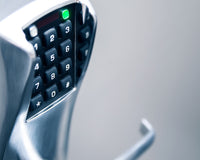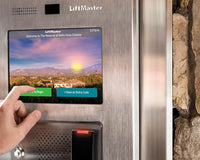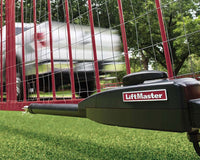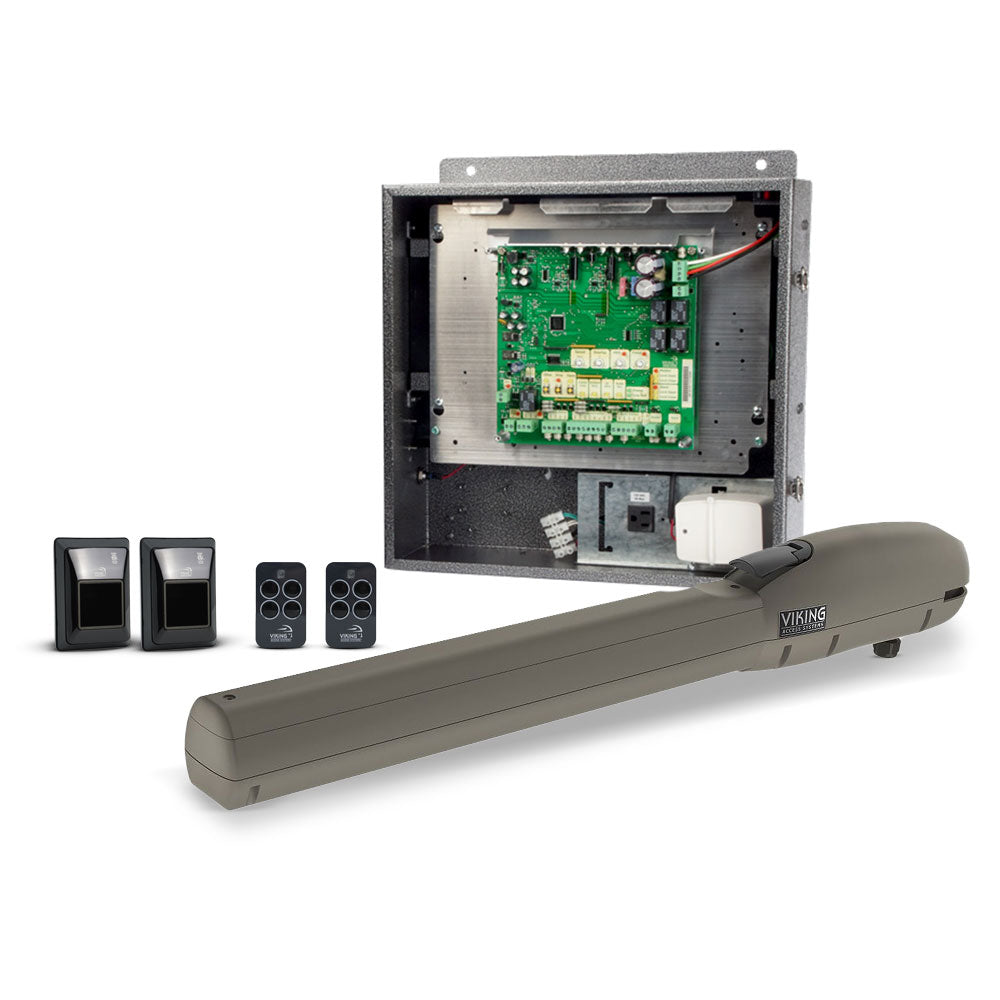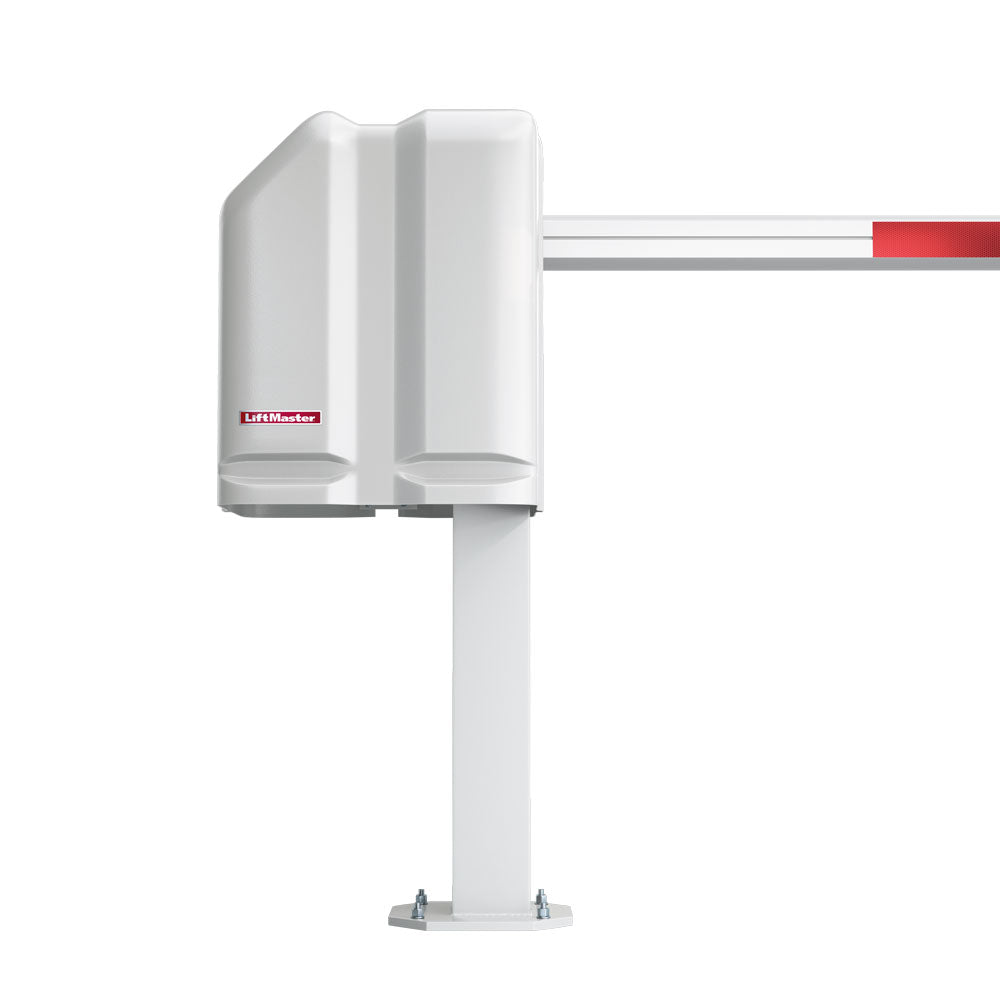The modern world we live in today is data-driven and relies heavily on a complex web of interconnected devices, and ensuring that every data cable responsible for transmitting data is organized and accessible is quite crucial.
This is where rack enclosures, also known as server racks, server cabinets, or data racks, come into play. These carefully curated and sturdy metal frames provide a secure and organized housing solution for critical network equipment.
In this article, we discuss Rack enclosures, their benefits, and how to choose the right one for your network needs.
What Are Rack Enclosures?
Rack enclosures are standardized cabinets designed to hold various network equipment in a vertical orientation. Their capacity is usually measured in rack units (RU), with each RU representing 1.75 inches of vertical space.
Common rack sizes include 12U, 24U, and 42U, typically designed to cater to different equipment needs.
The Benefits of Utilizing Rack Enclosures
Below are the primary benefits of using rack enclosures:
- Organization: Rack enclosures excel at providing a systematic way to organize network equipment, which in turn helps to provide better airflow, easier identification of specific components, and simplified troubleshooting.
- Space Optimization: Rack enclosures allow for the optimization of floor space by stacking equipment vertically. This feature makes them ideal for data centers, server rooms, and home offices with limited spaces.
- Security: Most rack enclosures can be equipped with lockable doors and side panels, allowing you to protect your valuable equipment from unauthorized access and physical damage.
- Improved Cable Management: Cable management is a major issue in data centers and institutions that utilize a lot of connecting cables. Rack enclosures typically have built-in cable management systems, such as vertical cable managers and D-rings, to help keep cables organized and prevent tangled messes. A good cable-managed rack enclosure can help improve airflow and maintenance.
- Scalability: As your network requirements evolve, rack enclosures make it easy to add additional equipment to your rack, allowing your networking system to grow alongside your business.
Factors to Consider When Choosing a Rack Enclosure
Now that you understand why you might need a rack enclosure, here are a few factors to consider:
- Size: The first step in choosing a rack enclosure for your business is to analyze your equipment requirements and determine the necessary rack size in terms of height and depth. You should hire a professional network expert to carry out this analysis of your business needs.
- Type: Depending on your space's structure, you can choose from floor-mounted racks for larger installations or wall-mounted enclosures for space-saving solutions in smaller environments.
- Material: Steel is the most reliable material for rack enclosures. Rack enclosures made from stainless steel offer enhanced corrosion resistance for specific use cases, like outdoor enclosures.
- Cooling: To ensure sufficient cooling, you must consider the heat produced by your equipment and choose a rack with adequate ventilation properties, such as vented doors and mesh panels.
- Security: If your security needs require it, ensure that you get a rack enclosure with lockable doors and side panels for enhanced security.
- Accessories: Some rack enclosures allow you to customize them for improved optimization and comfort. If customization is important to you, then explore racks that let you add accessories like shelves, drawers, and patch panels.
Other Essential Network Equipment You Can Add to Your Business Infrastructure
Apart from rack enclosures, here is a list of other essential network equipment you might consider adding to your business:
- Network Switches: Network switches help connect multiple devices on your network and allow seamless data flow and communication.
- Power Distribution Units (PDU): Power distribution units (PDUs) serve as sources of central power for network equipment, helping you simplify your power management and network monitoring needs.
- Cable Management Solutions: Cable management tools like zip ties, Velcro straps, and cable trays are the unsung heroes of cable management and improved airflow within a rack.
- Rackmount Monitors: These monitors facilitate the easy viewing and management of any network equipment from a centralized location.
All Security Equipment offers competitive pricing and an extensive product catalog of essential network equipment for all your networking needs.
A Reliable Vendor for Essential Network Equipment
At All Security Equipment, we understand the importance of having an efficient and organized data network. That's why we offer a wide selection of high-quality rack enclosures from reliable brands to suit a diverse range of network needs and budgets.
Our team of network technicians and sales reps is always ready to help you choose the perfect rack and network equipment for your system.
Contact us today to learn more!


